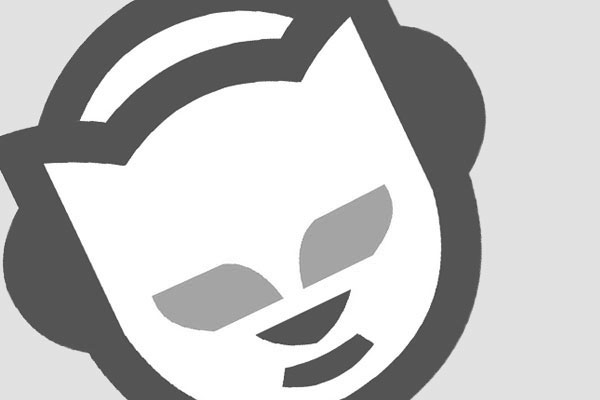In March, we learned at Spotify’s Investor Day that Daniel Ek’s service is adding around 20,000 new tracks to its library every 24 hours.
It was an impressive stat, but for record labels – whose job it is to ensure their artists get noticed above the noise in the marketplace – it was also a pretty alarming one.
That alarm might be about to get a little louder.
On Thursday (June 7), Bill Patrizio, President & CEO, Rhapsody International/Napster, was grilled by Midia Research founder Mark Mulligan live on stage at Midem in Cannes.
During their discussion, Patrizio revealed that Napster – a direct, music-on-demand rival to the likes of Spotify and Apple Music – is now ingesting 24,000 new tracks on its service every 24 hours, adding to a total catalogue of more than 50m.
To put that 24,000-per-day stat into context, that’s over a million tracks every six weeks, or around 8.7m every year. (And, obviously enough, a thousand songs every hour.)
In late 2015, Napster/Rhapsody told us that it had nearly 3.5m subscribers around the world, but an update on its numbers since then hasn’t been forthcoming.
In his interview with Mulligan, which you can watch below, Patrizio predicted a “great deal of diversification” would be coming to music streaming services in the future.
He also talked up Napster’s ability to offer corporate partners a B2B white-label streaming service fully branded in their own colors.
“Because of the growth and the diversification, we believe other companies – other enterprises – who have a manifest destiny to participate in music, will find the music business attractive and will inevitably make choices about whether to build the business themselves or potentially partner,” said the exec.
“A company like Napster has the platform-as-a-service capability to power those experiences on behalf of enterprises. We think that’s an important area of growth for our business.”
The core product of Seattle-based Napster, like that of Apple Music and Spotify, is a $9.99-per-month, all-you-can-eat, streaming subscription.
Patrizio suggested that different pricing tiers in streaming would play a key role in the differentiation of the market in future – while arguing that a smaller player like Napster didn’t need to set its sights on market dominance to succeed.
He said: “Let’s roll the tape forward; assume for a minute [there’s] going to be 900m subscribers by 2025, or 2030 – pick a number. The market will still be dominated, [to the level of] 80%, we believe, by the dominant players – Spotify, Apple.
“Today, we expect a total [global annual streaming] market size of about $7bn, moving towards $20bn and potentially $25bn. That leaves a lot of upside for the major players, but increasingly leaves opportunity for other players to participate.
“Even a 20% slice of $20bn is a $4bn market – and that’s sizeable for companies like Napster.”
He added: “This is not going to just be about the $9.99 (per month) mass market product we’re all familiar with today. Napster has one, Apple has one – we all have one. This is going to be about innovation; new forms of experience and derivate capability beyond the all-you-can-eat $9.99 [products].
“Over time, there will be innovation where all of the platforms, with participation from the labels, will be looking for ways to make more compelling experiences, more personalised experiences, that will allow for the opportunity for increased revenue to be a part of the solution.
“There’ll be higher [priced] premium products that will come to market that will be relevant and specific to segment of the market through greater segmentation – because right now there is no segmentation, it’s one size fits all.
“In the maturing of this industry, which is only now in its infancy… like every other consumer good, there will be things that will be premium in price, there will be things that will be lower in price, and inevitably through that segmentation it will attract a larger audience.”
Originally posted on MUSICBUSINESSWORLDWIDE.COM


